Big Cat Rescue: Tampa, Fla.
As the world's biggest wildlife sanctuary devoted solely to big cats, the rescue houses nearly 100 felines and 14 different species. The cats have been relocated to the 67 acres for many reasons, including retirement from performing acts, abuse, sparing from fur coat farming, and as orphans from hunting. Visit the big cats on an escorted tour, or for those incredibly passionate about the majestic animals, Big Cat Rescue offers three-month long internships.
The Elephant Sanctuary: Hohenwald, Tenn.
Find America's largest natural habitat refuge for Asian and African elephants about 90 minutes from Nashville. Elephants here roam on protected environments among more than 2,700 acres. Having spent most of their lives in circuses and zoos, The Elephant Sanctuary allows the retired elephants to live the remainder of their lives in peace out of the public gaze. Although tours are not available, those passionate about this remarkable species should not miss a visit to the welcome center, located four miles from the sanctuary, to learn more about the programs in place to keep the animals safe. You can also watch the animals online via EleCams.
PIGS Animal Sanctuary: Shepherdstown, W.Va.
Don't let the name fool you. Although this sanctuary began in 1992 with the purpose of helping potbellied and farm pigs, it now houses more than 400 abused, neglected and abandoned animals, including horses, goats, dogs, and cats. You can tour the sanctuary from April to October, or if you're looking to add a new addition to your family, consider adopting an animal. Located less than two hours from Washington, D.C., PIGS Animal Sanctuary is a great escape from the bustling city.
Florida Keys National Marine Sanctuary: Florida Keys, Fla.
Shipwrecks, sea grass beds, colorful coral reefs, and fisheries await your exploration at this sanctuary encompassing the warm waters surrounding the Florida Keys. Diving, snorkeling, fishing and boating allow you to discover vibrant marine life inhabiting the blue waters. Come swim among the third largest reef system in the world alongside dolphins, manatee, sea turtles, and countless other species.
The Central Virginia Parrot Sanctuary (aka Project Perry): Louisa, Va.
Less than one hour from Richmond, Va., exists a sanctuary devoted entirely to parrots. The 3,600 square foot African Grey Sanctuary is filled with both Timneh and Congo Grey parrots. The custom aviary was designed to mimic the bird's natural setting complete with flowering trees and plants. For parrot lovers who are unable to physically adopt, sponsorships are available with the option to visit your sponsored bird in person.
Though the South tends to have the right climate for many exotic animals, there are certainly other sanctuaries more than worthy of a visit around the rest of the country, as well:
Wild Animal Sanctuary: Keenesburg, Colo.
Located less than an hour northeast of Denver, Colorado, the Wild Animal Sanctuary specializes in large carnivores (i.e. bears, lions, wolves, leopards, and tigers). Most of the animals reach the nonprofit sanctuary after being confiscated by state entities like the Division of Wildlife. Take a stroll among the 290 carnivores that call the park home along the sanctuary's above-ground walkway called the "Mile Into The Wild." Here, visitors can watch black bears play, lions roam the Colorado prairie and tigers splash in their swimming pool without disturbing the animals below.
Bay Beach Wildlife Sanctuary: Green Bay, Wis.
More than 4,500 orphaned or injured animals are cared for each year at this 700-acre urban wildlife refuge. Visitors can hike or ski (depending on the season) over six miles of trails that wind through the habitats. Bring your binoculars because Bay Beach is a bird watcher's paradise. If local, be sure to discover how you can volunteer to assist wildlife in their rehabilitation.
Farm Sanctuary: Watkins Glen, N.Y.
When many imagine an animal sanctuary, minds wander to images of exotic animals. But cows need rescue too – cows, chickens, turkeys, sheep, and other farm animals. In addition to the 175-acre sanctuary tucked into Upstate New York's Finger Lake region, Farm Sanctuary also has refuges in Los Angeles and Orland, Calif. Consider a cozy night stay in the Farm Sanctuary B&B for a true sanctuary immersion – wake up to roosters crowing and hang out with the farm animals after a complimentary vegan breakfast.
Best Friends Animal Sanctuary: Kanab, Utah
Best Friends animal sanctuary near Angel Canyon in Southwest Utah is America's largest no-kill animal sanctuary. Dogs (as seen on "Dogtown" on National Geographic Channel), cats, farm animals, parrots, and bunnies find a warm, caring home at Best Friends. Not only can you cuddle with adorable fluffy domestic animals, many are also available for adoption. Who knows, you just might find your new best friend on your next vacation.
Wolf & Wildlife Center, Divide, Colo.
To really get up close and personal with wild animals, head to the Wolf and Wildlife Center located 45 minutes from Colorado Springs. Find wolves, coyotes and foxes amid a true Colorado landscape. What really makes the sanctuary stand out is the array of tours. Choose a standard tour to learn more about the hunting, hierarchy and howling of wolves or join a "Walk on the Wildside" to get closer to the animals. To get closer still, check out an alpha photo session where several images are captured of guests interacting with the wildlife.
source
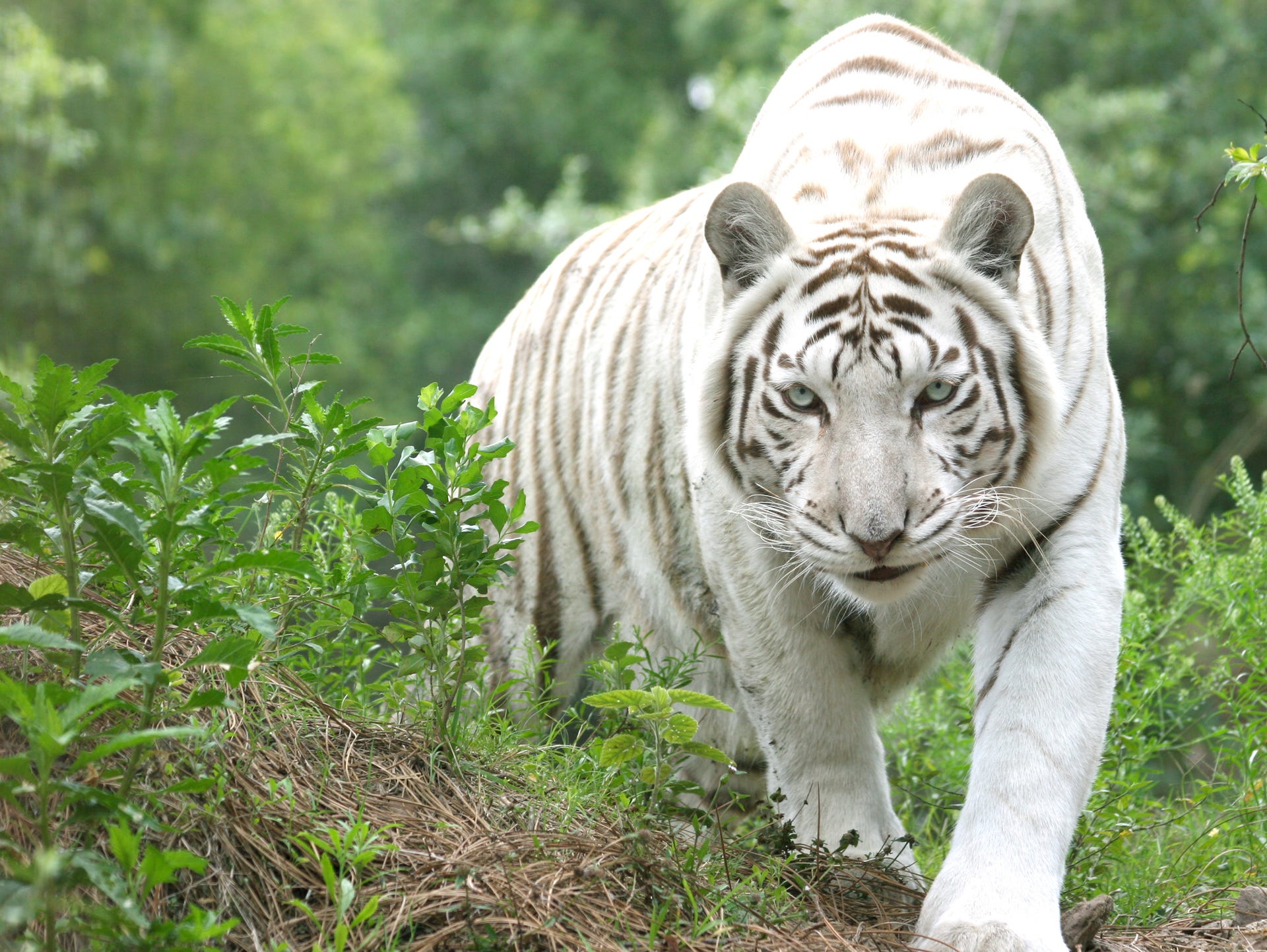
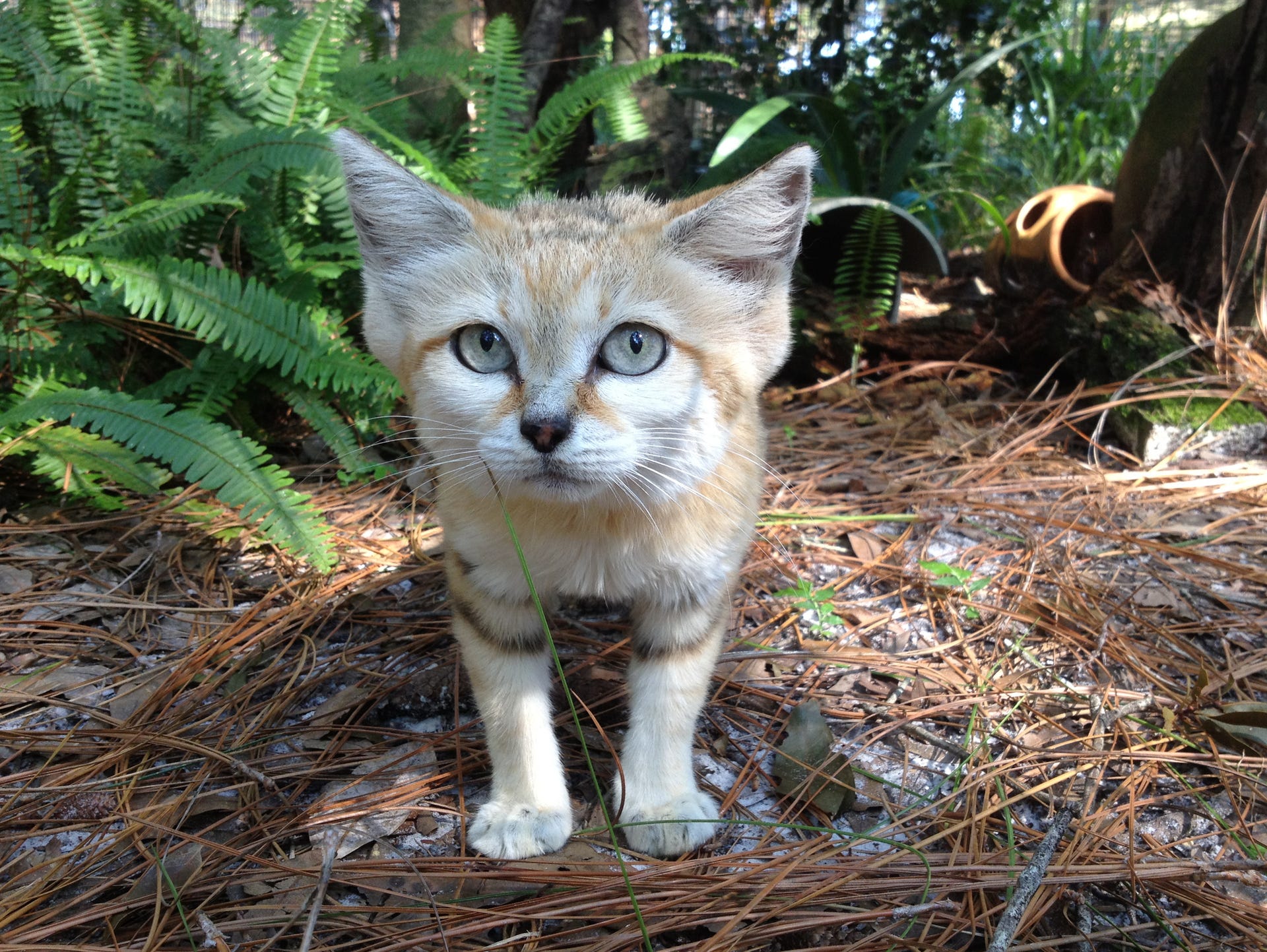
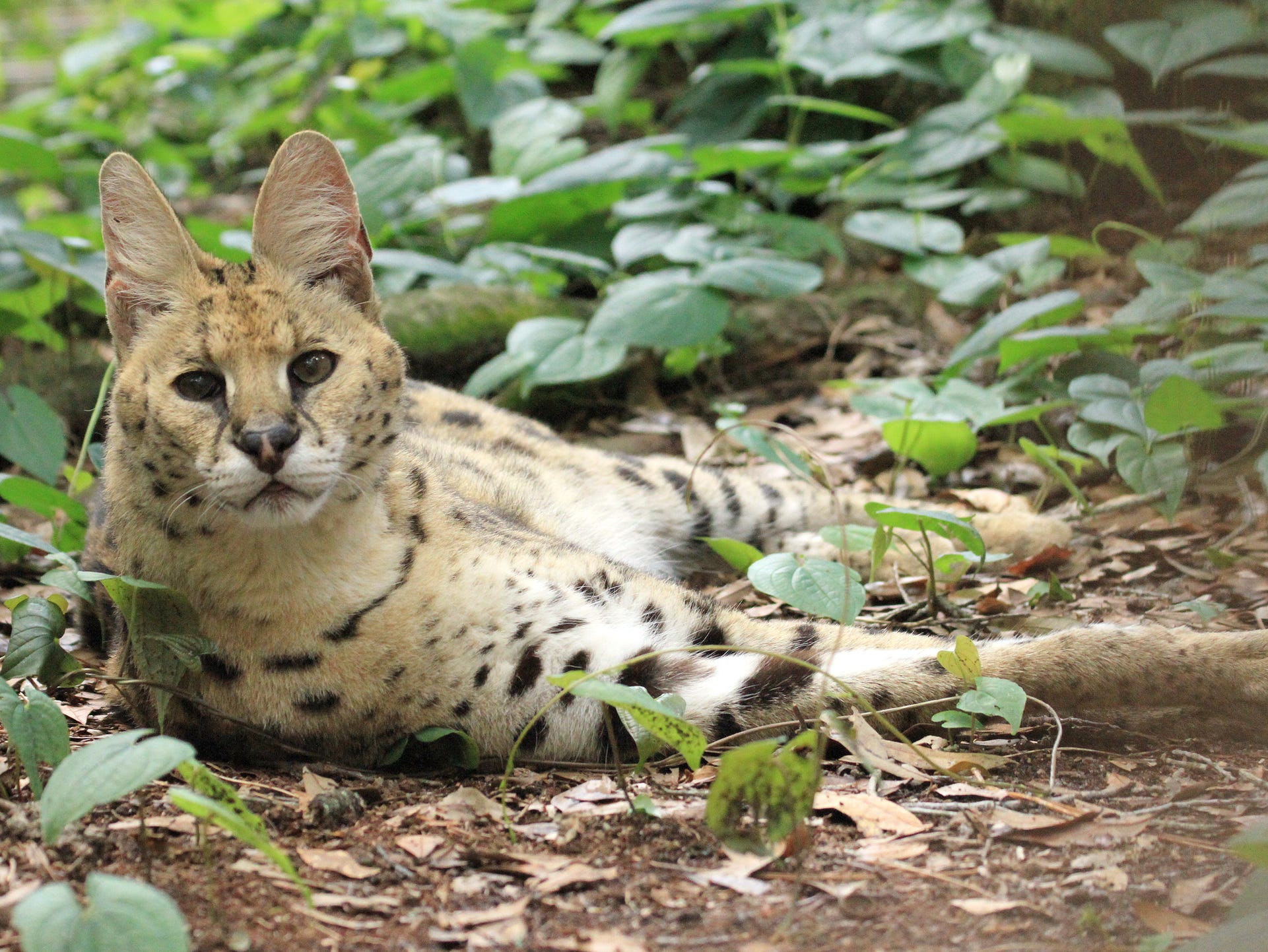
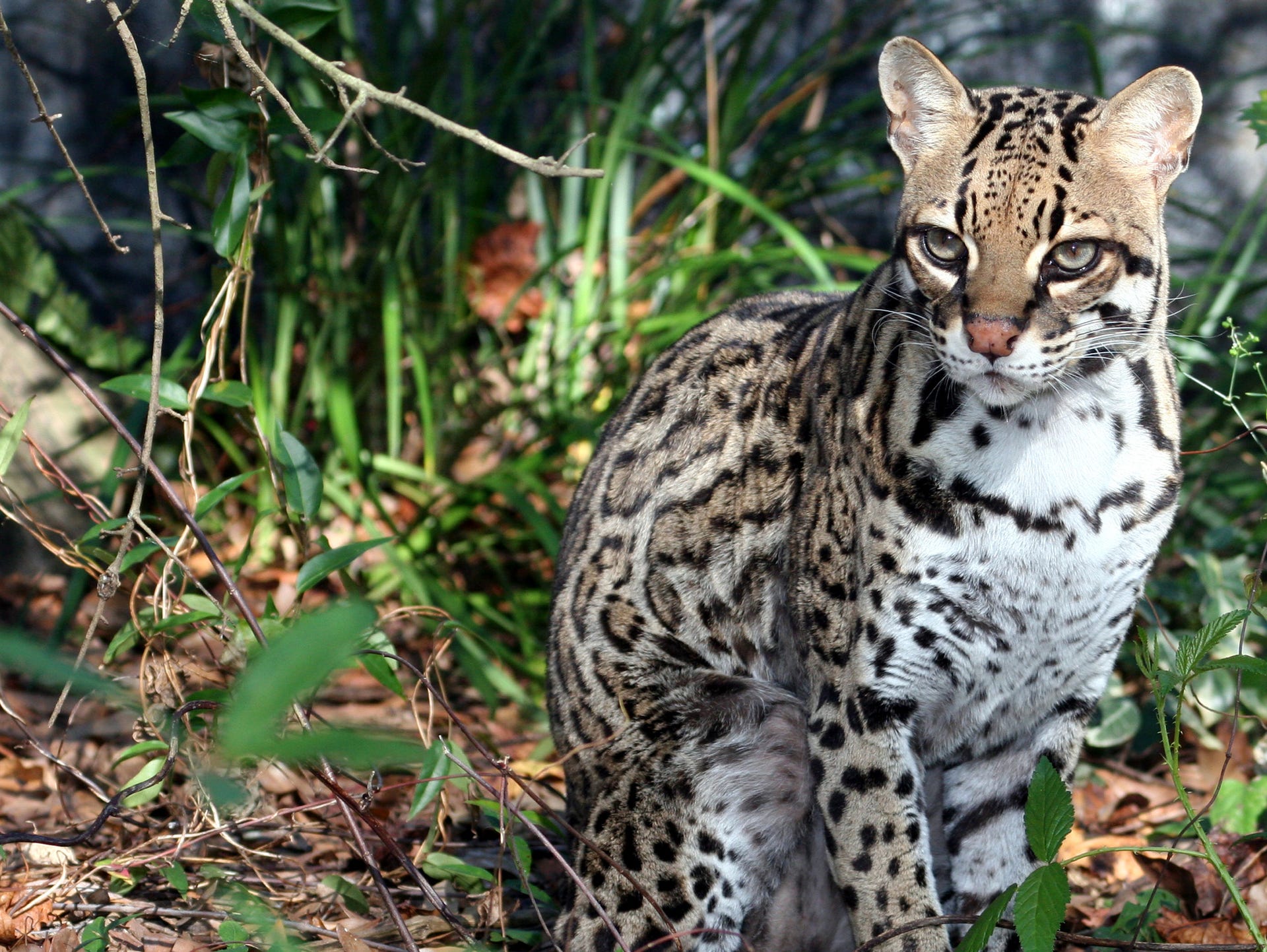
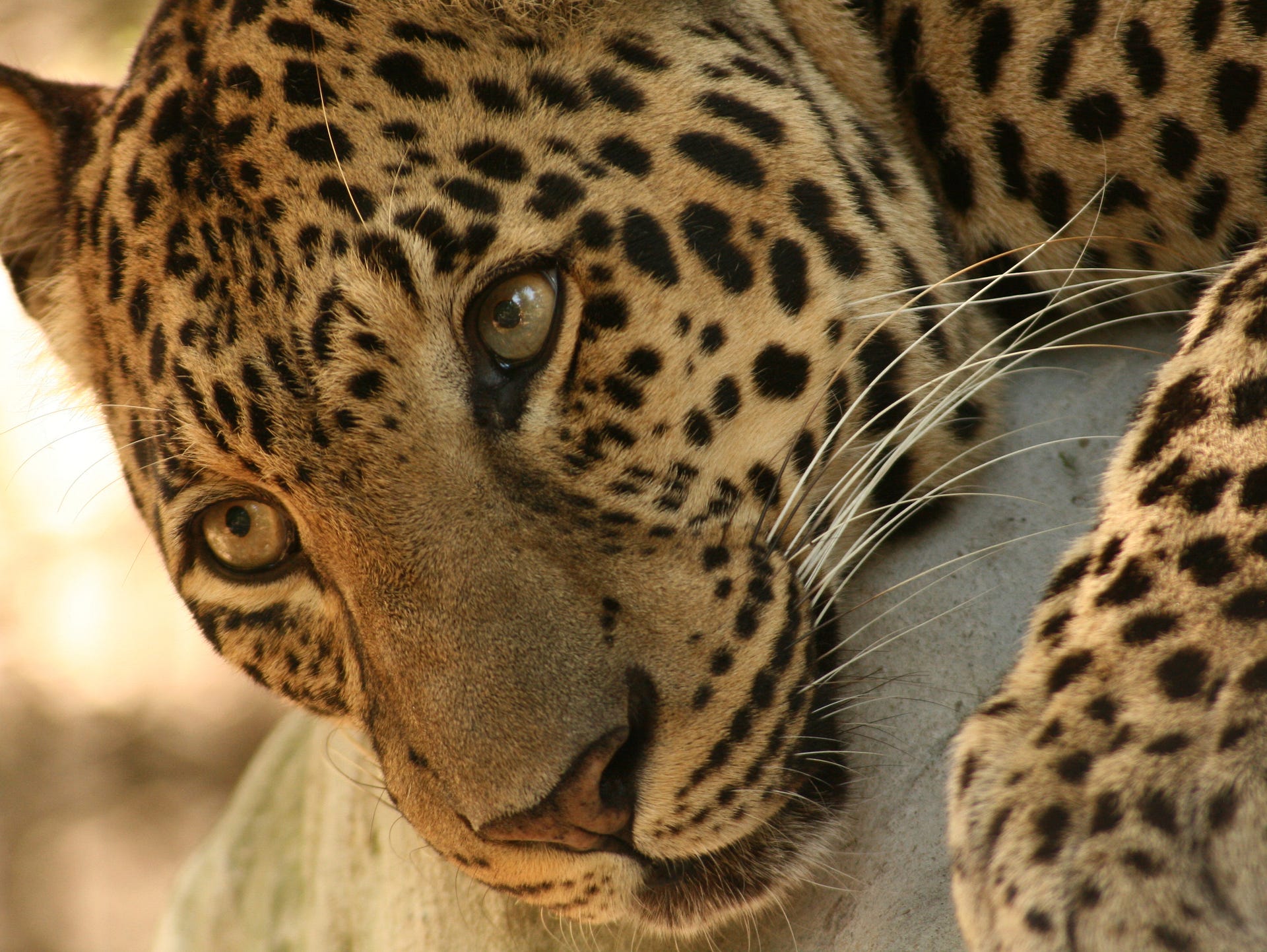
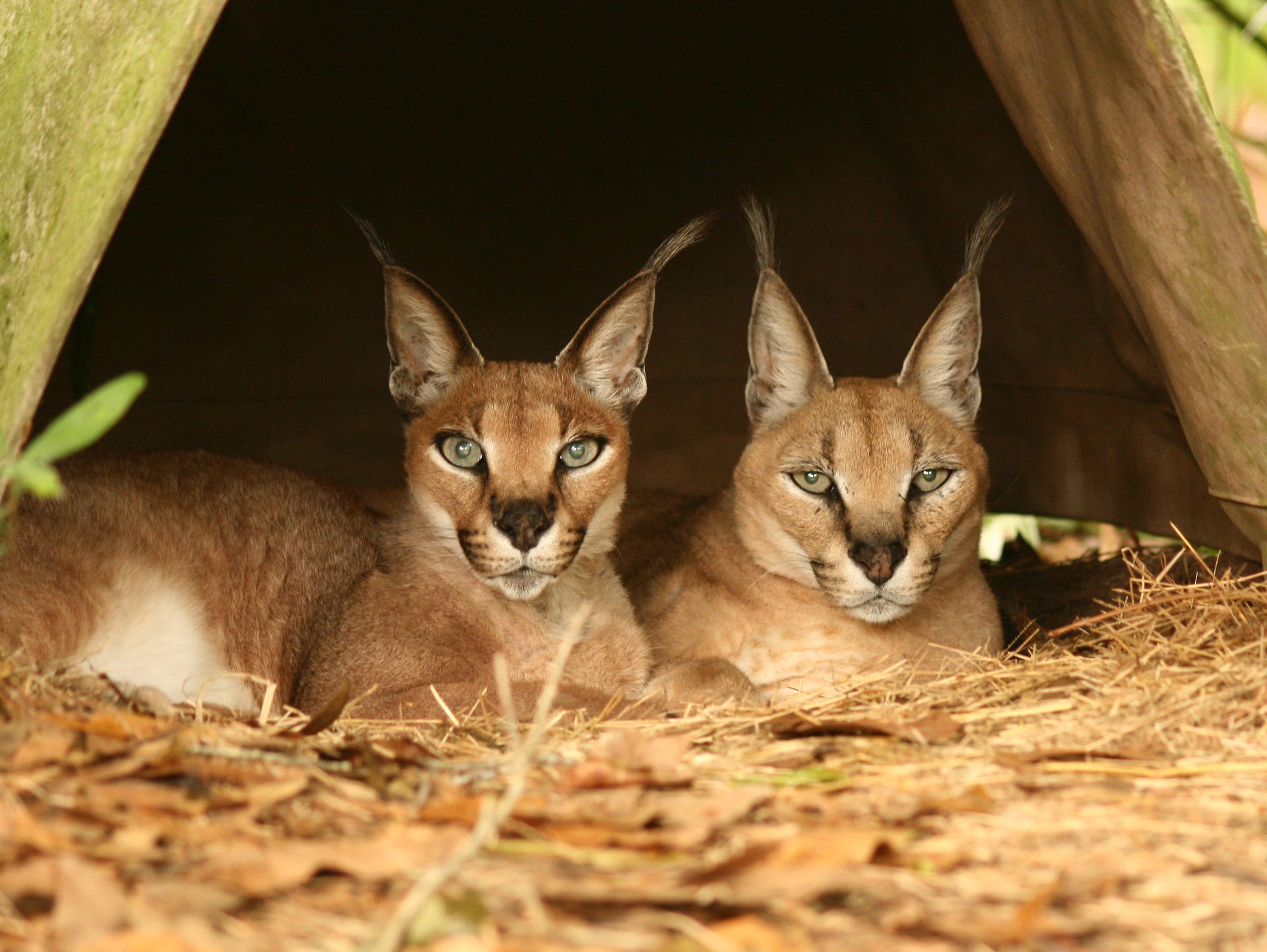

No comments:
Post a Comment